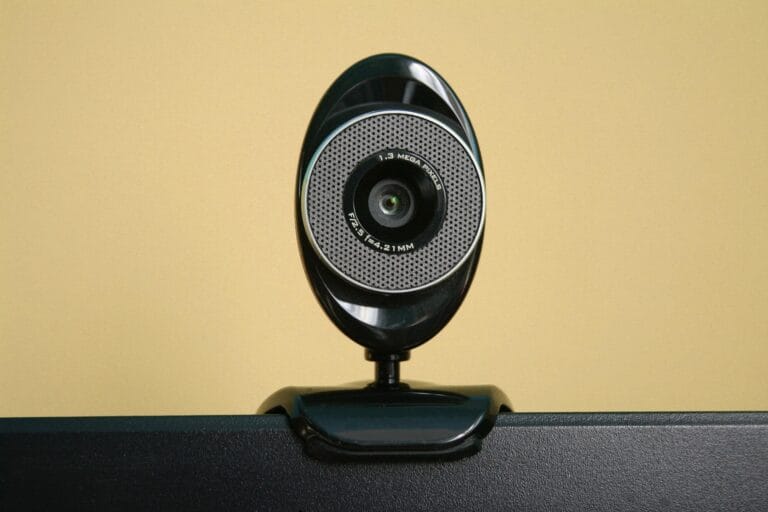Counter Strike 2 is a good game. However, it doesn’t run very well on all devices, specifically ones without a modern Graphics Card (GPU). But with the right settings for the game, you can take your 60 fps and below experience to past 100 fps with just some simple tweaking of the settings.
What is Counter Strike 2
Counter Strike 2 is a video game created by Valve in 2023. It was made from the game Counter Strike: Global Offensive and has many differences. Some of those differences include a 128-tick rate, better graphics and visuals, new gun sounds, new UI, new game engine, new maps, and much more. It’s a fps shooter that’s completely skill based and strategic. The game consists of 5v5 ranked based matches that usually last 10-20 minutes. There are many different maps possible to play on. Each map, however, has different features that change your gameplay and your framerate.
Basic Video Settings for Counter Strike 2
The following settings give my system a framerate of past 144 consistently. My system specs are as follows:
- GPU: MSI Ventus GTX 1650
- CPU: AMD Ryzen 7 5700G
- RAM: 16gb 3200mhz Trident Z Neo
Counter Strike 2 doesn’t need a extremely powerful GPU. However, having a more modern GPU, for example from the RTX 30 Series, would make for a much better experience. The most basic settings I would recommend to everyone is the following:
- Display Mode: Fullscreen
- Resolution: 1080p or 1440p
- Refresh Rate: Max Possible
- Laptop Power Savings: OFF
Some of those settings such as the refresh rate and resolution depend on the setup that you’re running and the monitor you’re using.
Advanced Video Settings for Counter Strike 2
The basic video settings only very slightly impact your framerate in Counter Strike 2. The advanced settings are where the real framerate droppers live. The game uses many features such as anti-aliasing and fancy shaders to look good. If your computer can’t handle that, however, it really makes you suffer. Luckily you can easily change the settings to lower the quality or disable them all together. The following settings are what I found to work best for my system:
- Boost Player Contrast: Disabled
- Wait For V-Sync: DISABLED (causes a huge amount of input lag)
- Multisampling Anti-Aliasing Mode: Off Or 2x
- Global Shadow Quality: High
- Model / Texture Quality: At Least Medium
- Texture Filtering Mode: Bilinear
- Shader Detail: Low
- Particle Detail: Low
- Ambient Occlusion: High
- High Dynamic Range: Performance
- Fidelity FX Super Resolution: DISABLED
- NVidia Reflex: Enabled + Boost
Those settings again are what work best for me. You can edit or change those settings in any way you want to work with or fit your specific needs for the game.
Additional System Settings (NVIDIA ONLY)
There are some additional system settings to enable to get the most out of your NVIDIA graphics card. You want to enable G-Sync, if your monitor supports it, and go to 3d settings and set max fps, set low latency to ultra, power management to performance and more. If you want a more in-depth guide on how to do this, go check out: Maximizing FPS in Gaming: Optimal NVIDIA Control Panel Settings.


Will this work with a GTX 1080?
Yeah it should work with any GPU but the older the card the slower and less fun the game becomes. If you game a lot and want to play games that are graphics intensive, i would recommend that you upgrade your GPU. A good budget friendly GPU is the RTX 3060 ti and rtx 3060.